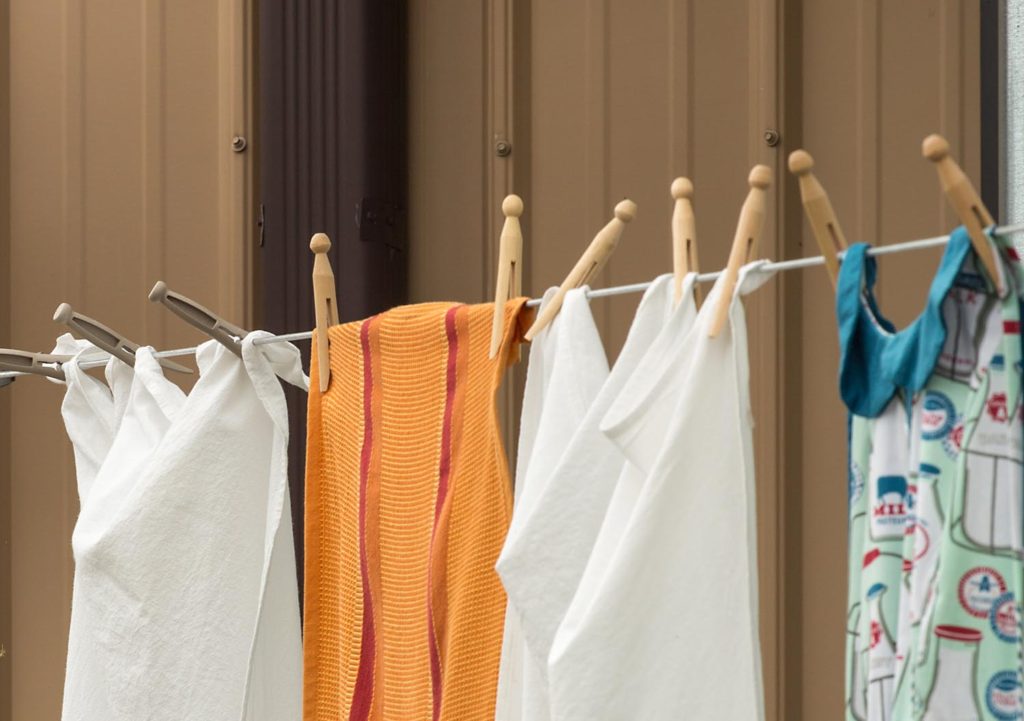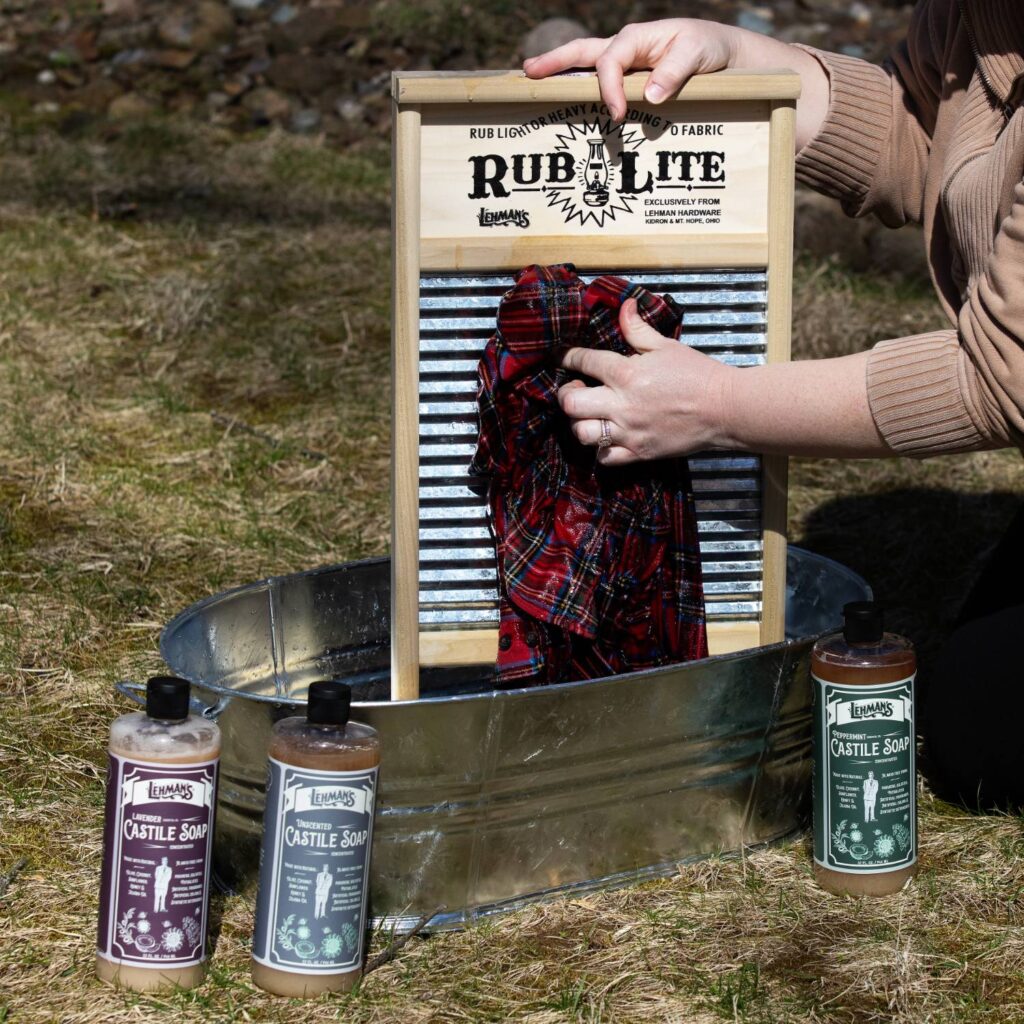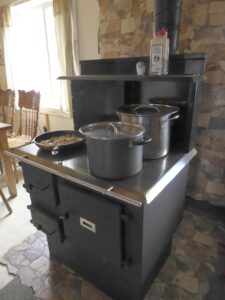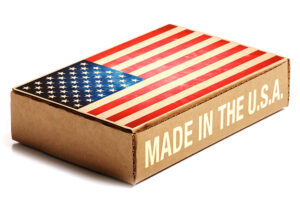We all have to do laundry, whether it’s once a week or every day. It may seem like a chore today, but it’s much easier and more efficient than it was in past lifetimes. Did you ever wonder about the history of laundry?
The History of Washing Clothes
In really ancient times, clothes were made out of animal pelts and were likely never washed. Eventually humanity learned how to spin plant and animal fibers into fabric. Because this took a lot of time and effort, the fabric had to be reusable, and therefore washable.
The word laundry is actually a complication of old English (lavendrie), old French (lavanderie) and Latin (lavandaria), words that mean to wash or to clean. “Laundry” has been used to describe the washing and drying of clothes for centuries.
The regular washing of clothes is a fairly new phenomenon, powered by the Industrial Revolution and the invention of washing machines. Prior to these inventions, washing clothes was not done often and was a feat that required strength. In ancient Egypt, laundry was done in a river, allowing the rushing water to clean the clothes. In ancient Rome, laundry was done by men, who would beat the clothes against rocks and then hand-wring them out before drying them on a line or rocks in the sun.
In the Middle Ages doing laundry was predominately carried out by women. There were often communal washhouses, where the women would gather and socialize, while working hard to clean grimy clothes. At some point the discovery was made that hot water was effective at removing dirt (and vermin – yikes!) from clothes and soap was invented. The first laundry soap was made of lye and animal fat, which doesn’t sound very clean, but it did dissolve grease and oil. Then enter the humble wooden washboard, allowing the women to scrub away stains. This product is still carried today by Lehman’s and is sold all over the world.
Off-Grid Laundry Tools
Lehman’s also sells a wide assortment of washing and drying products, to use where water is scarce or there is no electricity.
While traditional washing machines and dryers might seem like a perfect way to do laundry, there are several issues with this modern method. Some garments, like wool, can shrink in hot water and some garments, like cotton, can be stretched during the washing and drying process. Plus, a traditional washing machine can use 20 to 30 gallons per load. If you live where water is scarce, or you don’t have good water pressure, this can be an issue. With a tub or hand washer you can get your clothes clean with half that amount of water.
Drying clothes on the line is better for your clothes; you know that lint you have to clean out of your dryer with every load? That’s your clothes, slowly disintegrating. Drying clothes on the line can also save you money. Any household appliance that heats up, like your drier, requires more power to run.
Laundry has come a long way over the past generations, but you can still do it the old-fashioned way with products from Lehman’s.
Tips for Off-Grid Laundry
Here are some top tips to keep your clothes looking and feeling their best, whether you do laundry without electricity, by choice or necessity.
You can use a tub with hot soapy water and a mobile washer (which makes YOU the agitator); you can use a wooden washboard for a true retro experience; or the heavy-duty hand washer with the wringer attachment. If you are doing quite a bit of laundry, say for a large family, the heavy-duty hand washer is probably your best bet.
Start with the cleanest laundry.
You can reuse the water for several loads if you start with the cleanest items first, perhaps pajamas instead of the jeans you wore to work in the barn.
Check here for specifics: Lehman’s Homemade Laundry Soap Starter Set. Commercially prepared laundry soap often contains a lot of water and you can save a lot of money (paying as little as 7 cents a load for soap).
Invest in a wringer.
Your clothes will dry on the line so much faster if you use a wringer to remove excess water.
Get a drying rack.
You can dry your clothes inside in the winter months, in front of your wood stove or by a large window.






























I am going make my laundry soap already us felsnapta